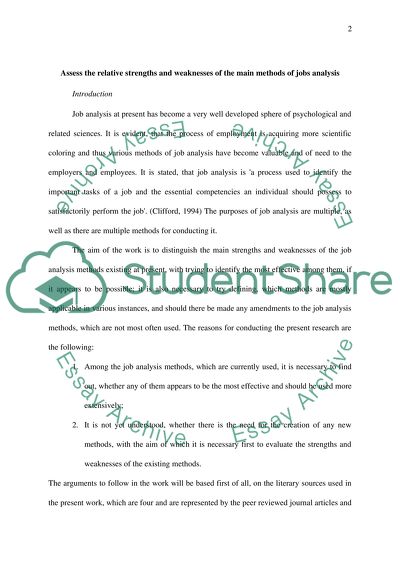Cite this document
(Strengths And Weaknesses Of The Main Methods Of Jobs Analysis Case Study, n.d.)
Strengths And Weaknesses Of The Main Methods Of Jobs Analysis Case Study. Retrieved from https://studentshare.org/human-resources/1518166-job-analysis-master-essay
Strengths And Weaknesses Of The Main Methods Of Jobs Analysis Case Study. Retrieved from https://studentshare.org/human-resources/1518166-job-analysis-master-essay
(Strengths And Weaknesses Of The Main Methods Of Jobs Analysis Case Study)
Strengths And Weaknesses Of The Main Methods Of Jobs Analysis Case Study. https://studentshare.org/human-resources/1518166-job-analysis-master-essay.
Strengths And Weaknesses Of The Main Methods Of Jobs Analysis Case Study. https://studentshare.org/human-resources/1518166-job-analysis-master-essay.
“Strengths And Weaknesses Of The Main Methods Of Jobs Analysis Case Study”, n.d. https://studentshare.org/human-resources/1518166-job-analysis-master-essay.


